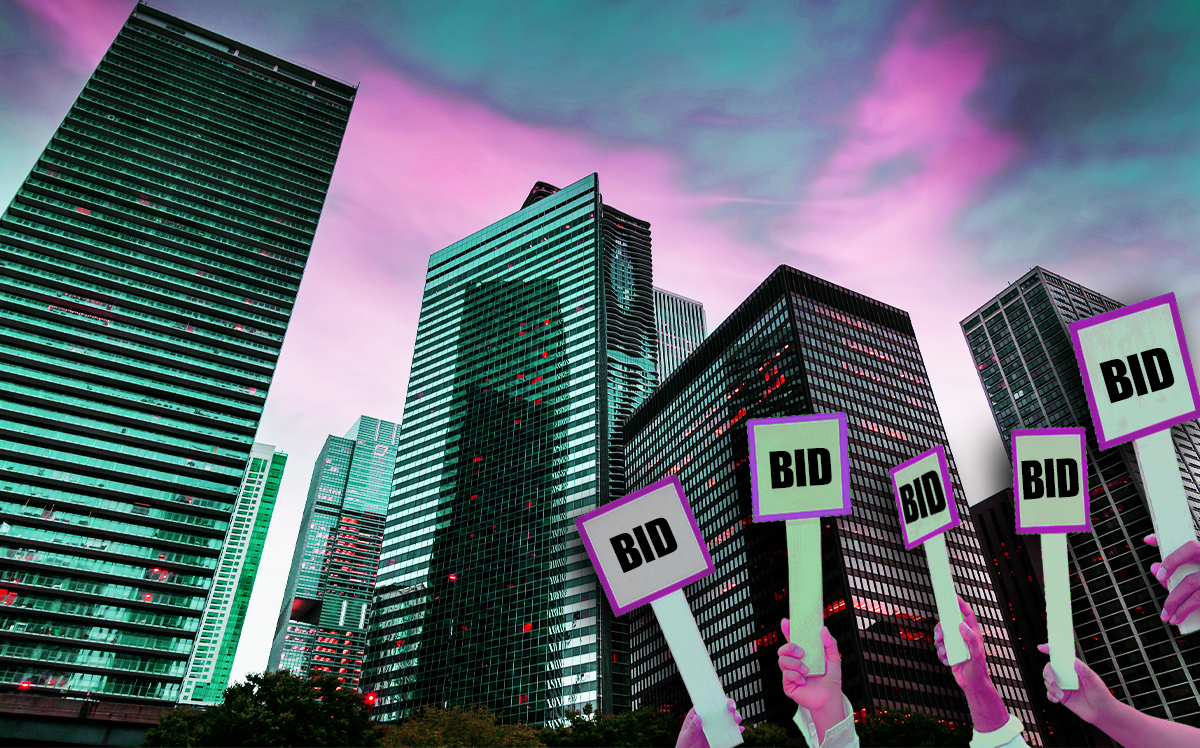Trending
Chicago office leasing rises 74% in Q3
Net absorption turns positive for the first time in a year

Office demand exceeded supply for the first time in a year in the third quarter as Chicago’s pandemic-battered market slowly recovers.
Leasing volume in the city’s central business district jumped 74 percent from the prior quarter to 1.86 million square feet and net absorption turned positive, ending a four-quarter streak of the opposite, according to JLL’s office market report.
Kirkland and Ellis inked the largest lease, a 650,000 square feet deal at Salesforce Tower. The lease is the largest new office lease since Kirkland and Ellis signed a 600,000 square feet lease for its current building at LaSalle Street in 2005. Excluding that leasing volume was 1.2 million square feet, still 13 percent higher than the April to June period. That said, volume is still down by almost half from 2019.
“What is a little bit over the head of many people is the amount of leases being done in Fulton Market specifically,” said Edgar Leon, research manager of JLL and the author of the report. “Even with the Delta variant going on, you see those companies ready to sign leases.”
Class A offices accounted for 80 percent of the new leases signed this year as asking rent per square foot rose to $43.89. Rents increased 1.3 percent from the second quarter, driven by the West Loop and Fulton Market.
Fulton Market completed 785,000 square feet of new space so far this year, making up about 30 percent of new construction in the past year. Of 3.6 million square feet of central business district, 10 percent is at Fulton Market and more than 50 percent at the West Loop.
The business district vacancy rate came in at 17.9 percent, a slight bump from 17.3 percent from the second quarter.
“What continues to cause more vacancy is the sublease space that is now becoming vacant,” said Leon. “That’s what is still plaguing the central business district.”




